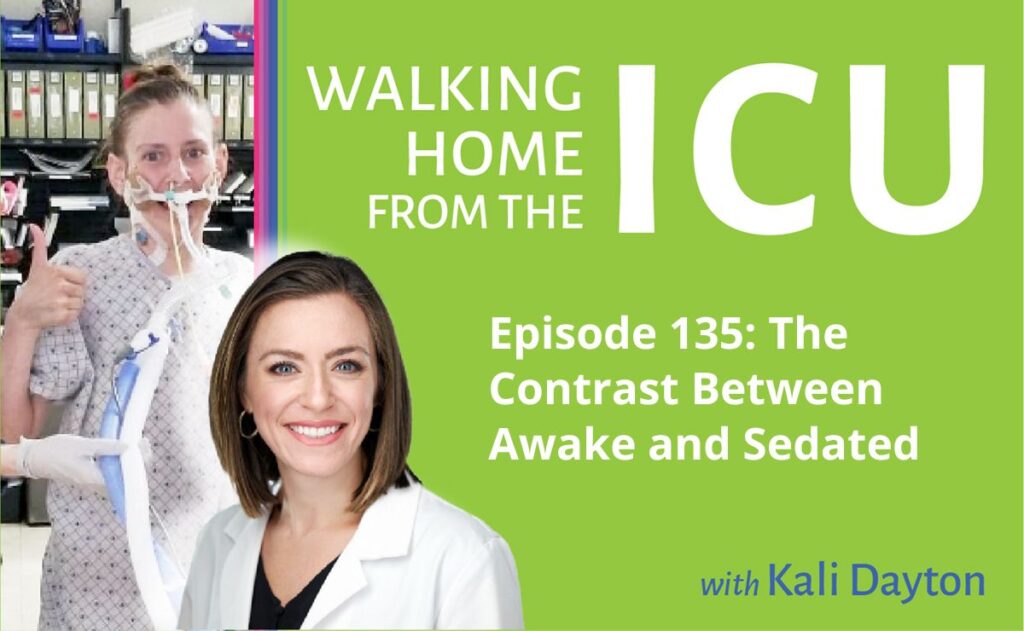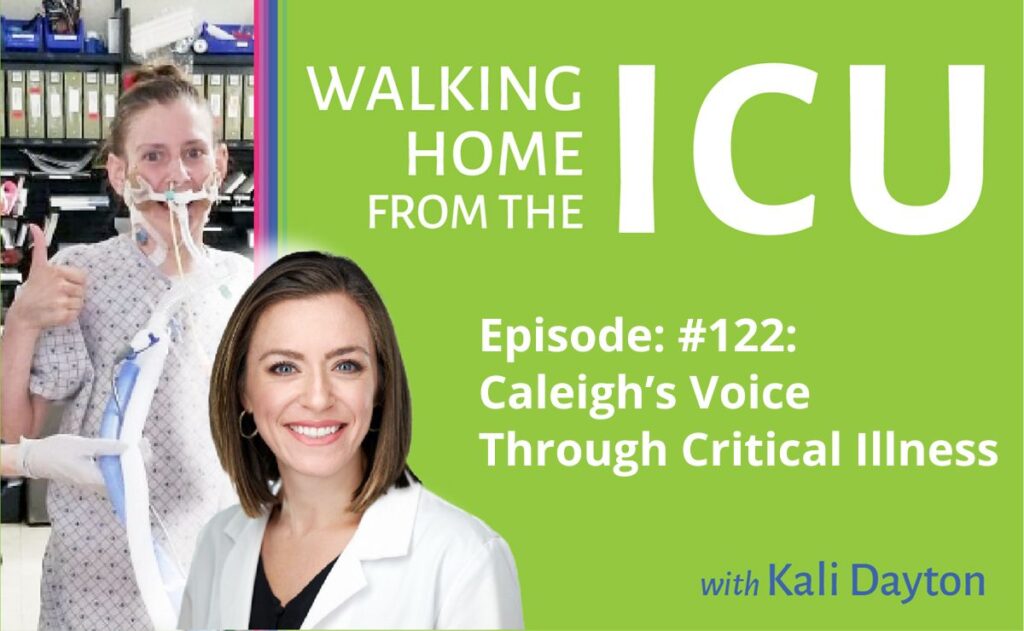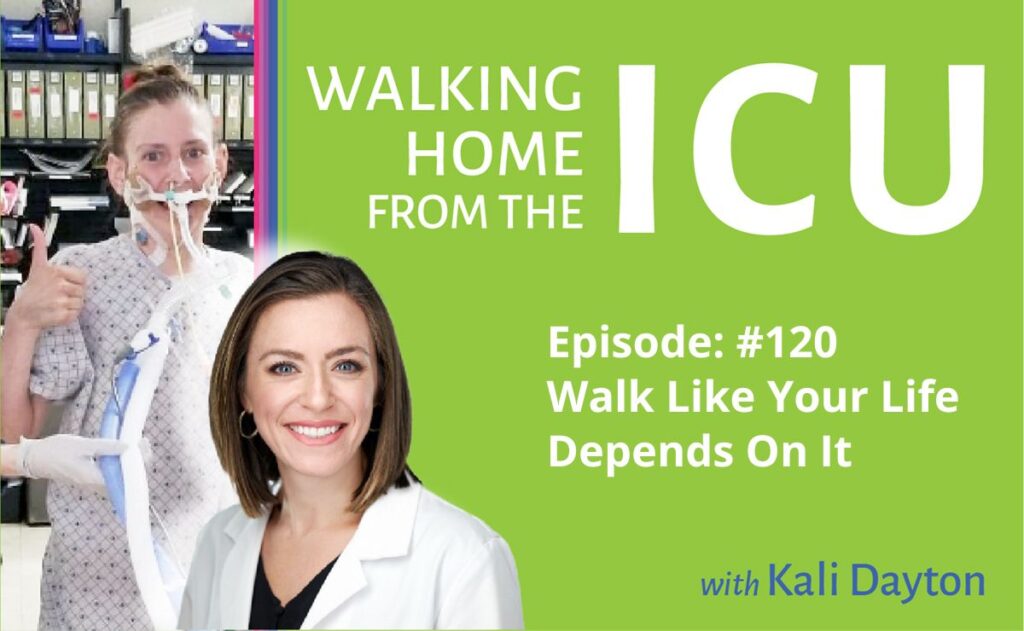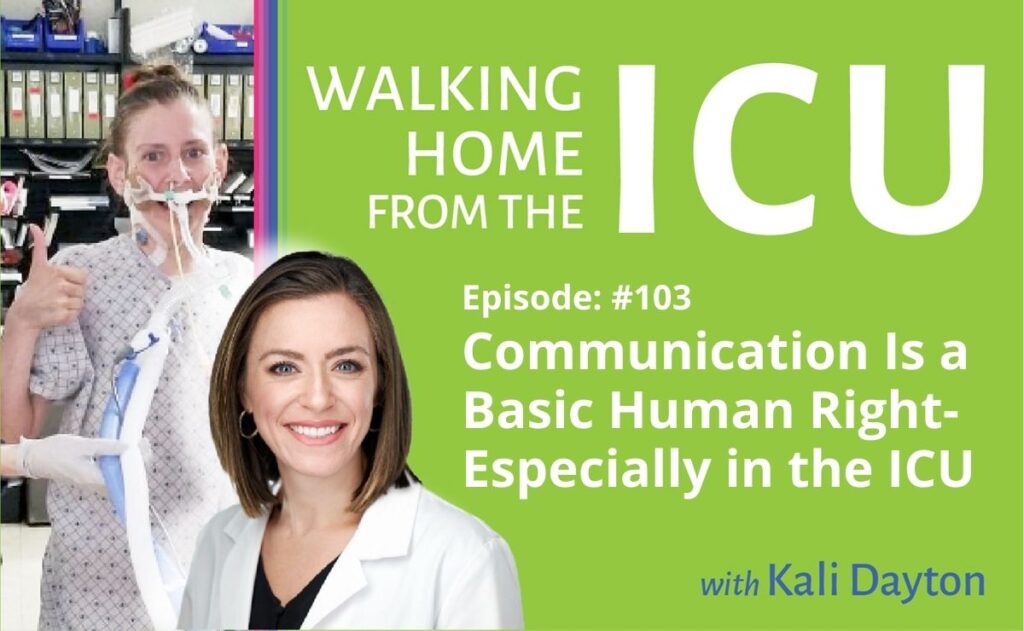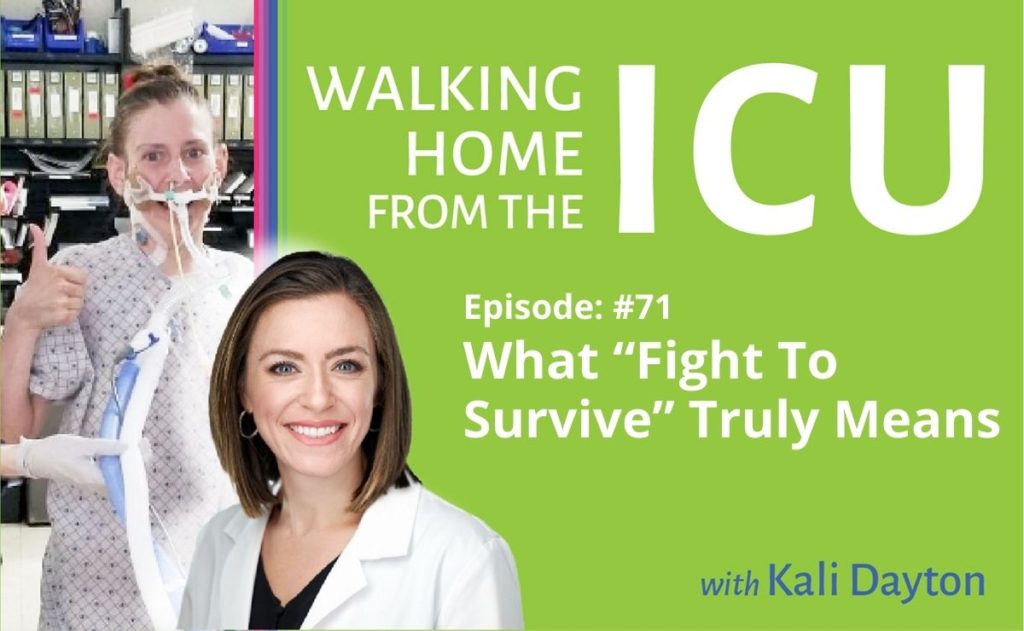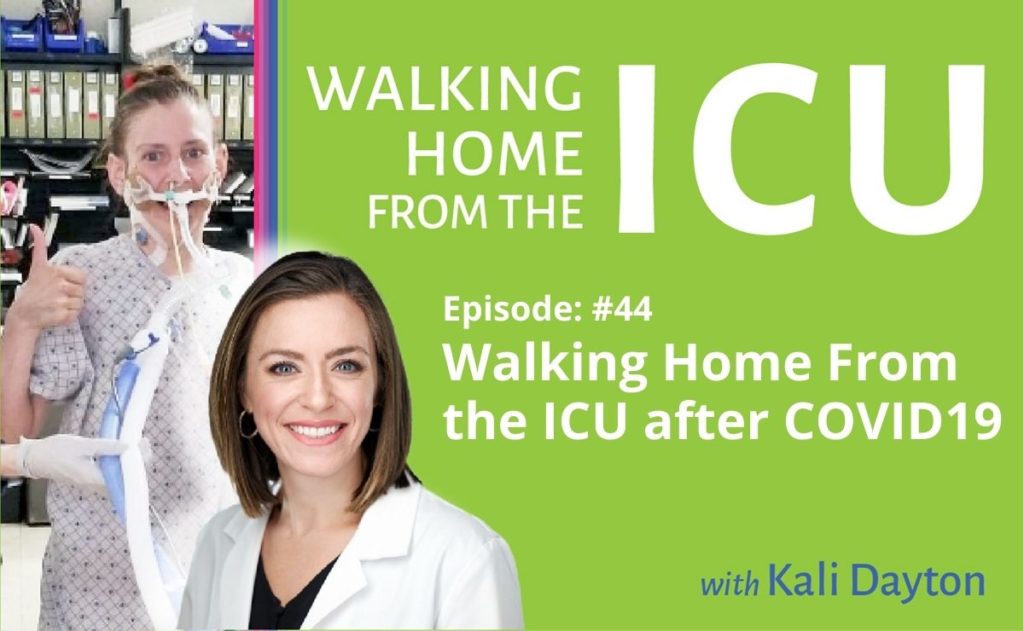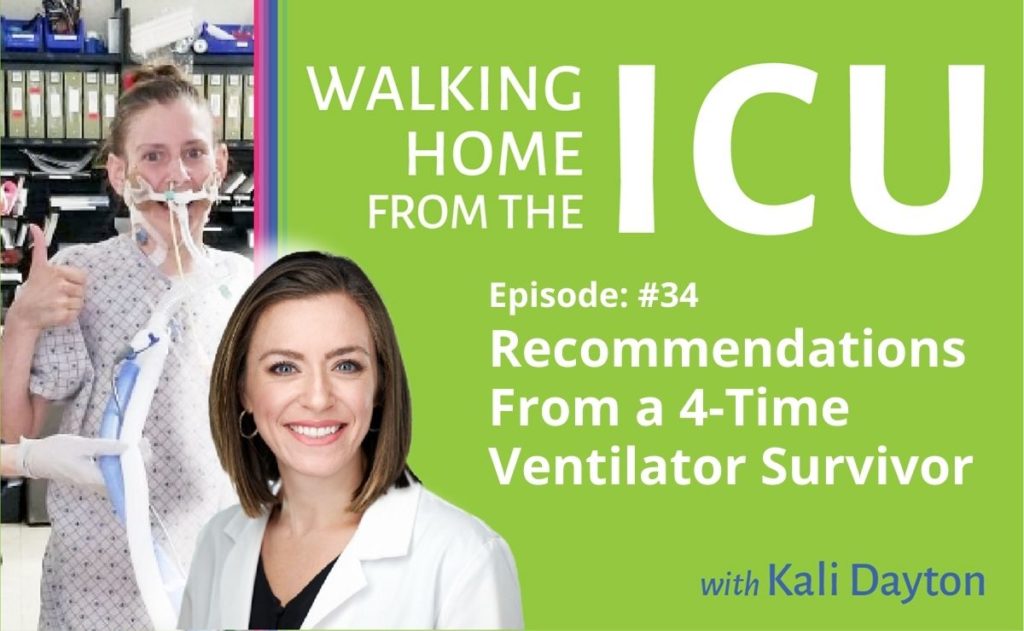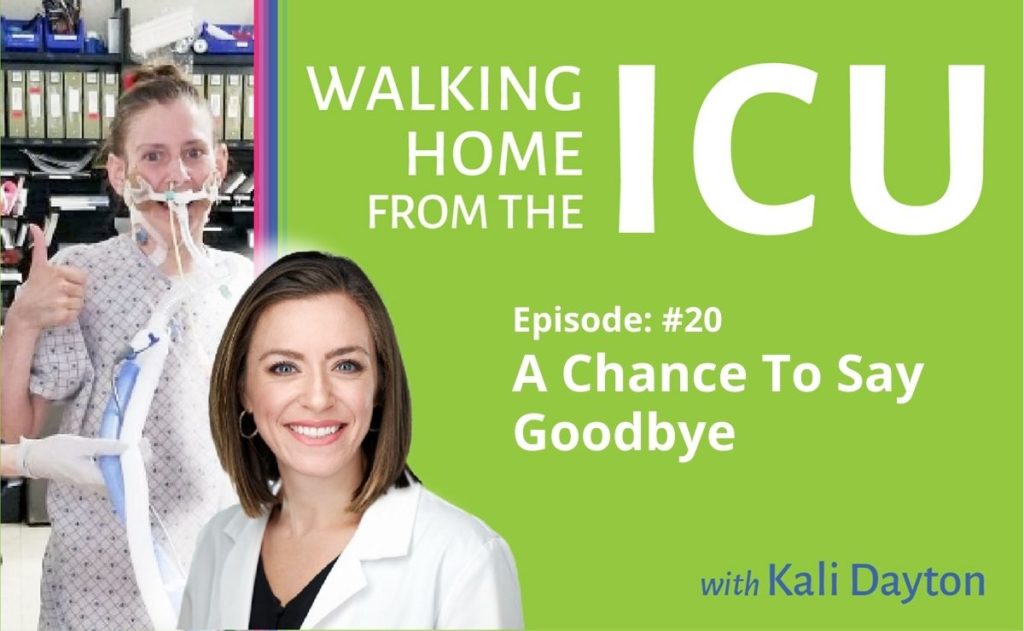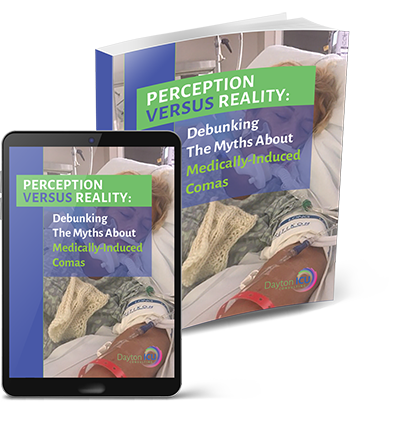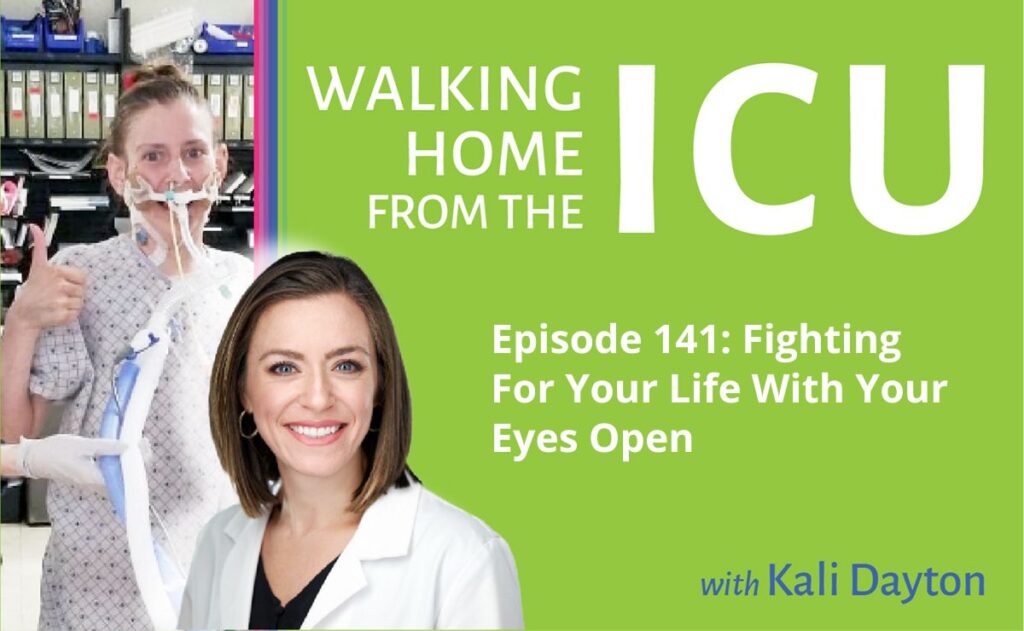
Walking Home From The ICU Episode 141: Fighting For Your Life With Your Eyes Open
Sedation is often given with the hopes of sparing patients the discomfort and awareness of the struggles of the ICU. Yet, does that ultimately prevent harm and suffering? Antonette Montalvo, APRN shares with us what it meant to her to be able to fight for her life with her eyes open. Episode Transcription Kali Dayton
Learn More > from Walking Home From The ICU Episode 141: Fighting For Your Life With Your Eyes Open
